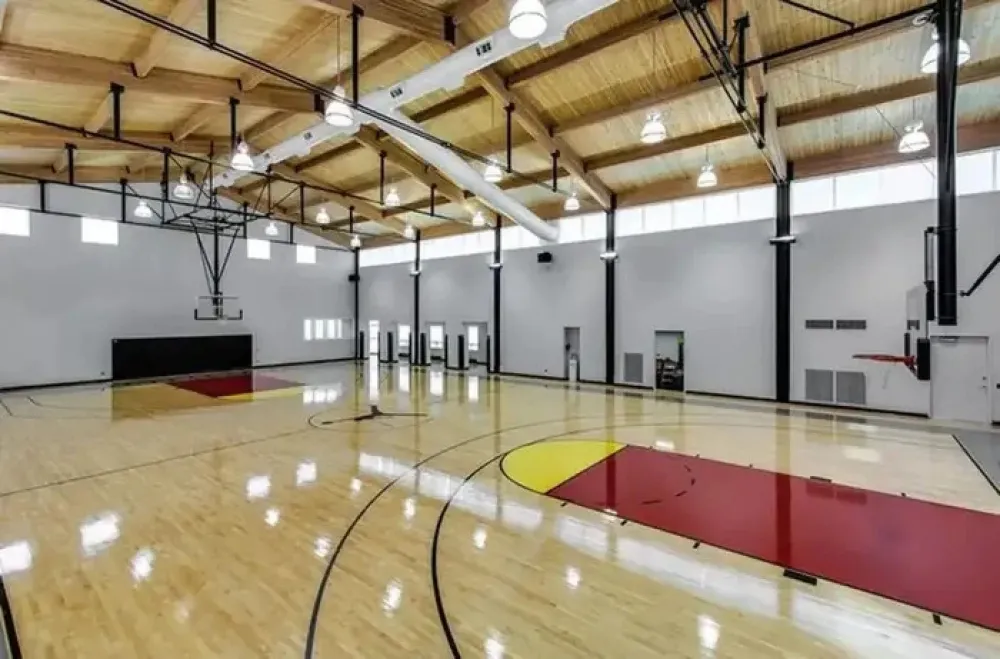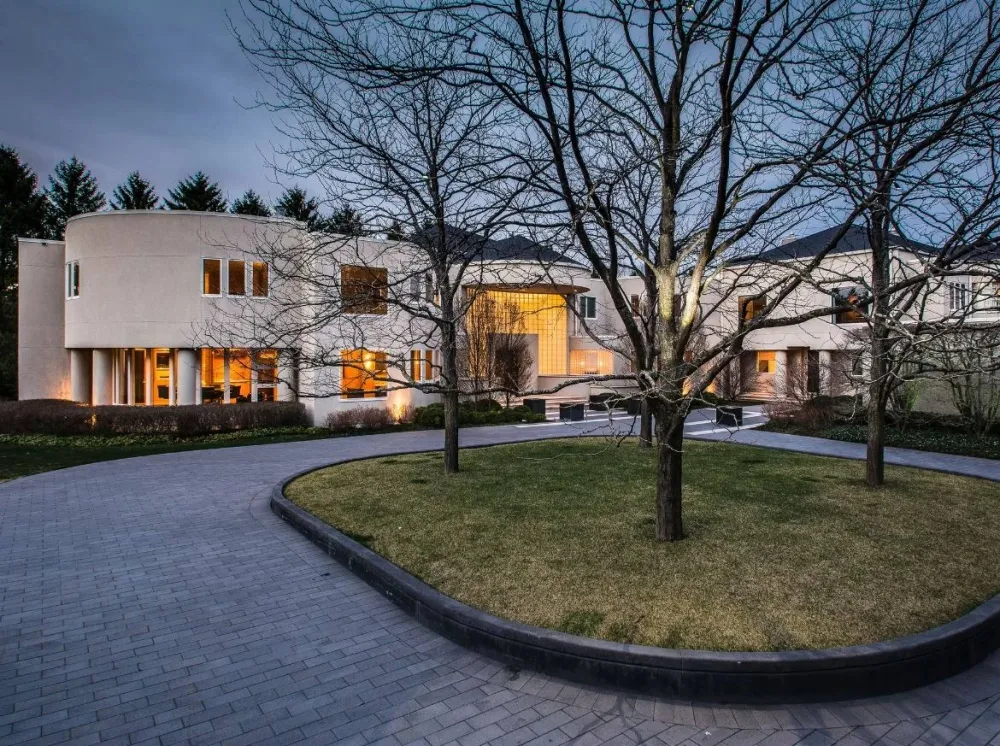Michael Jordan recently shed light on why his Chicago mansion remained unsold for more than a decade. Despite its grandeur and prestige, the property struggled to attract buyers due to various factors, including its extravagant size, lavish amenities, and the economic downturn during the housing crisis.
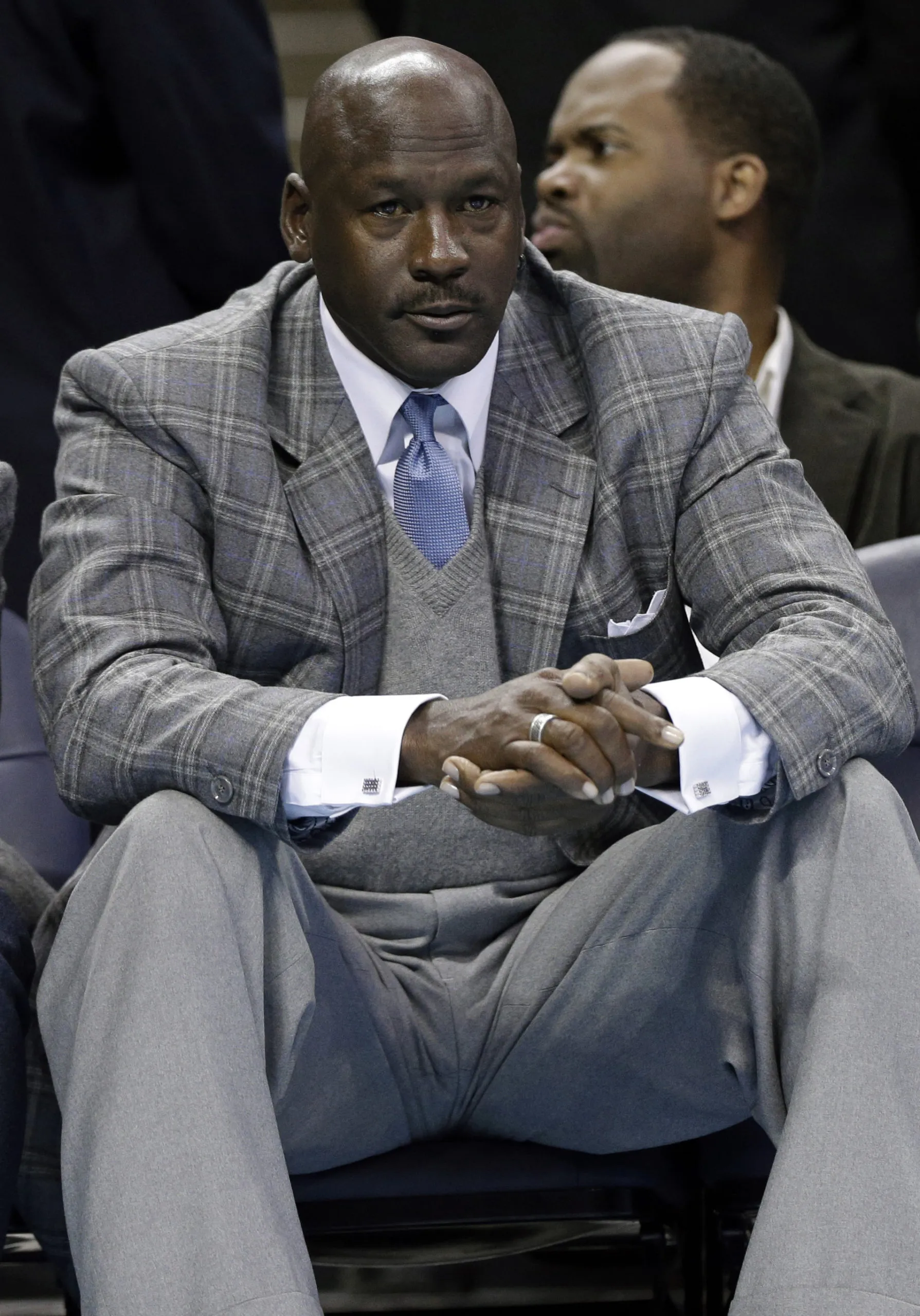
Jordan’s sprawling mansion, located in the affluent suburb of Highland Park, boasted luxurious features such as a full-size basketball court, putting green, and expansive outdoor pool, making it a coveted piece of real estate. However, its sheer size and opulence posed challenges in finding the right buyer willing to invest in such a lavish property.
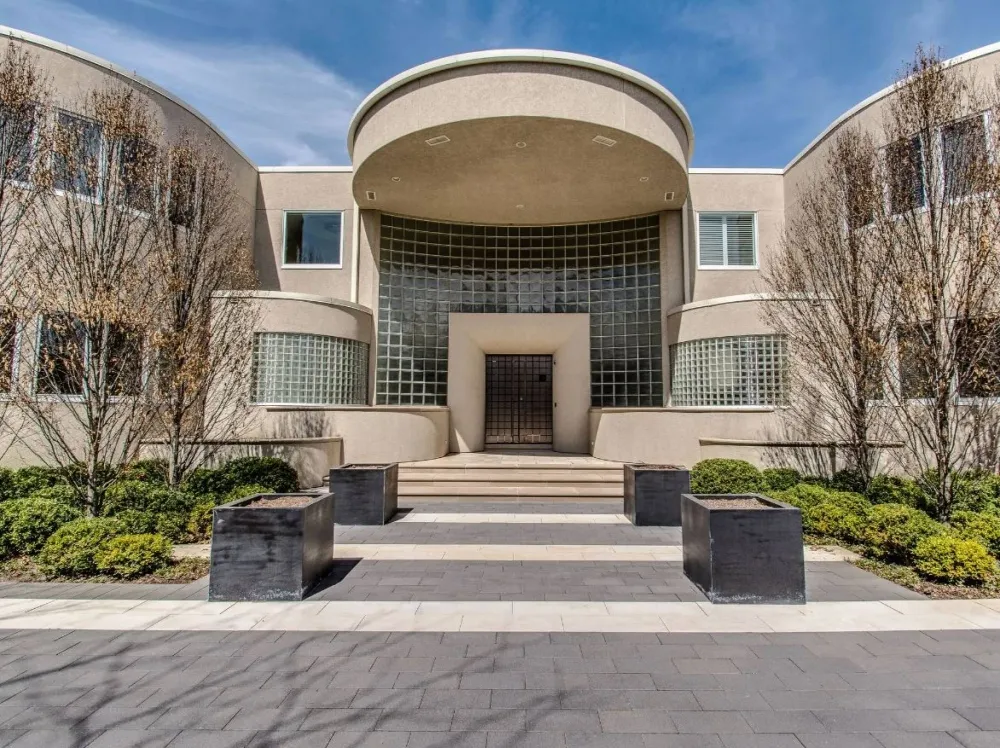
Additionally, the timing of Jordan’s attempts to sell the mansion coincided with the housing market crash of 2008, which dealt a significant blow to real estate values across the country. The economic downturn further complicated efforts to sell the property, leading to its prolonged stint on the market.
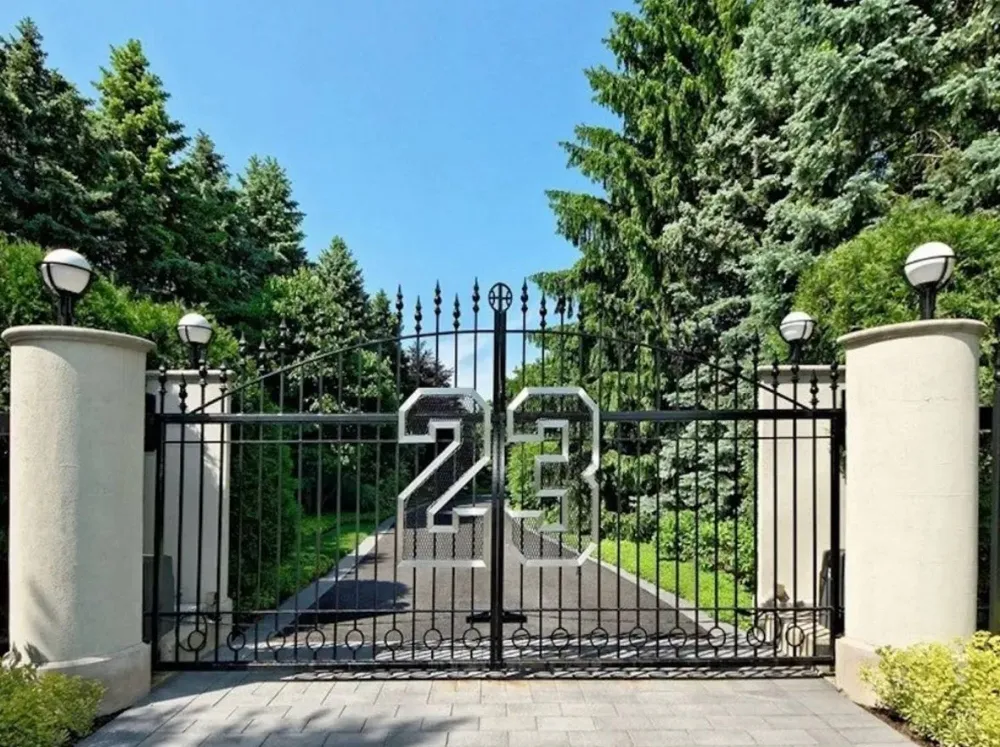
Despite numerous price reductions and marketing efforts over the years, Jordan’s mansion remained unsold, frustrating the basketball legend and fueling speculation about the reasons behind its prolonged listing. However, Jordan remained patient and optimistic, eventually finding a buyer willing to invest in the iconic property.
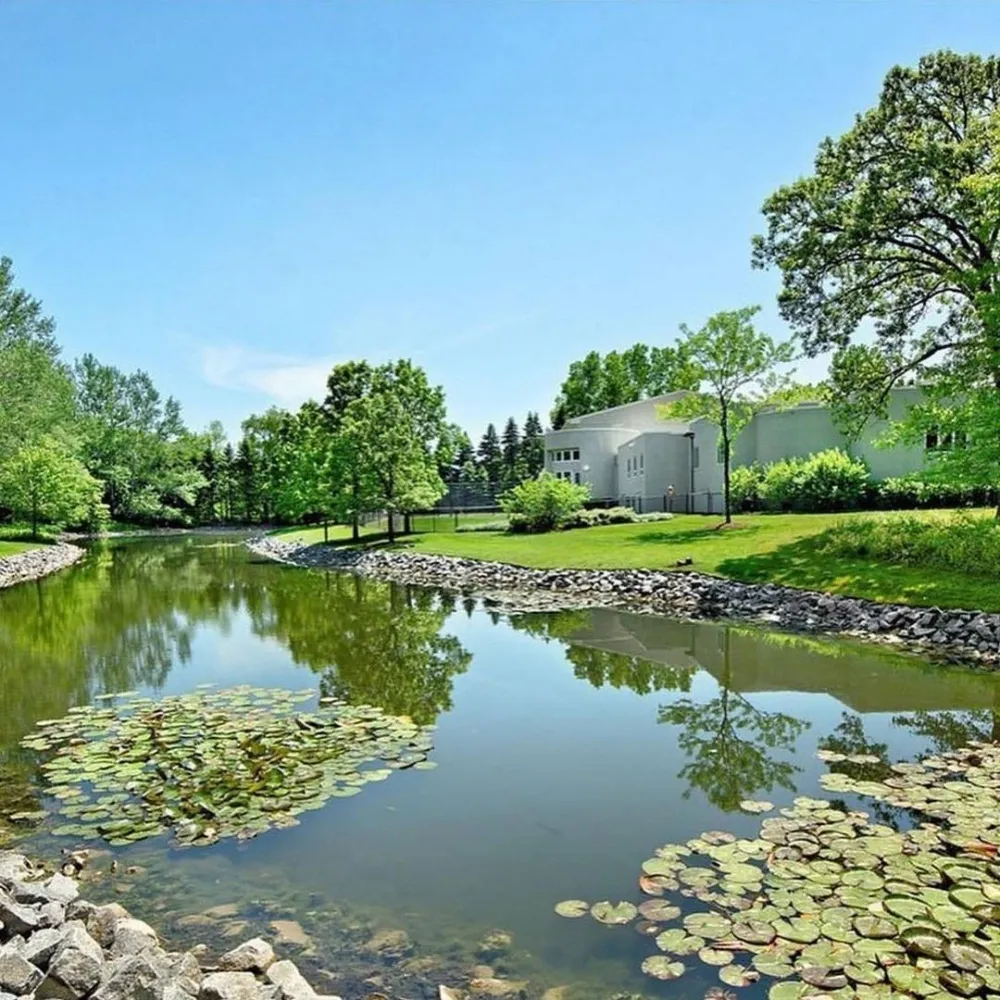
As Jordan reflects on the challenges of selling his Chicago mansion, he acknowledges the complexities of the real estate market and the unpredictable nature of economic factors. While the sale may have taken longer than anticipated, Jordan’s perseverance ultimately paid off, allowing him to move on from the property and embark on new ventures.
